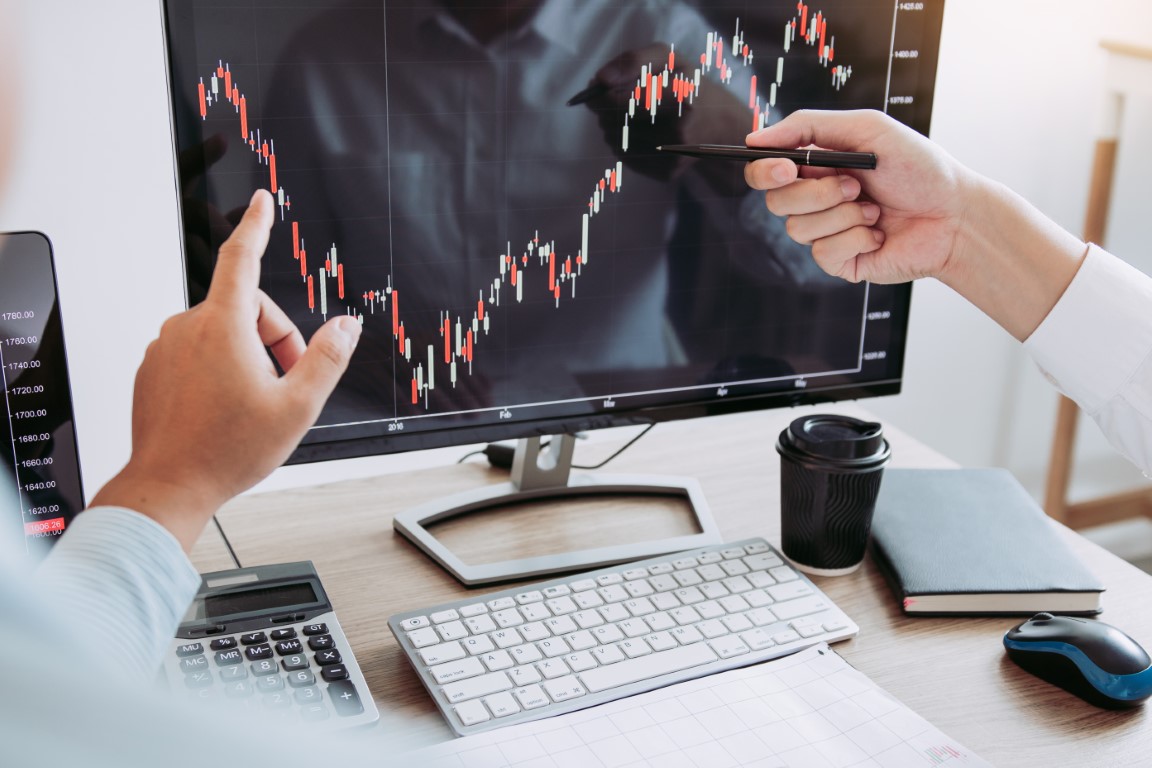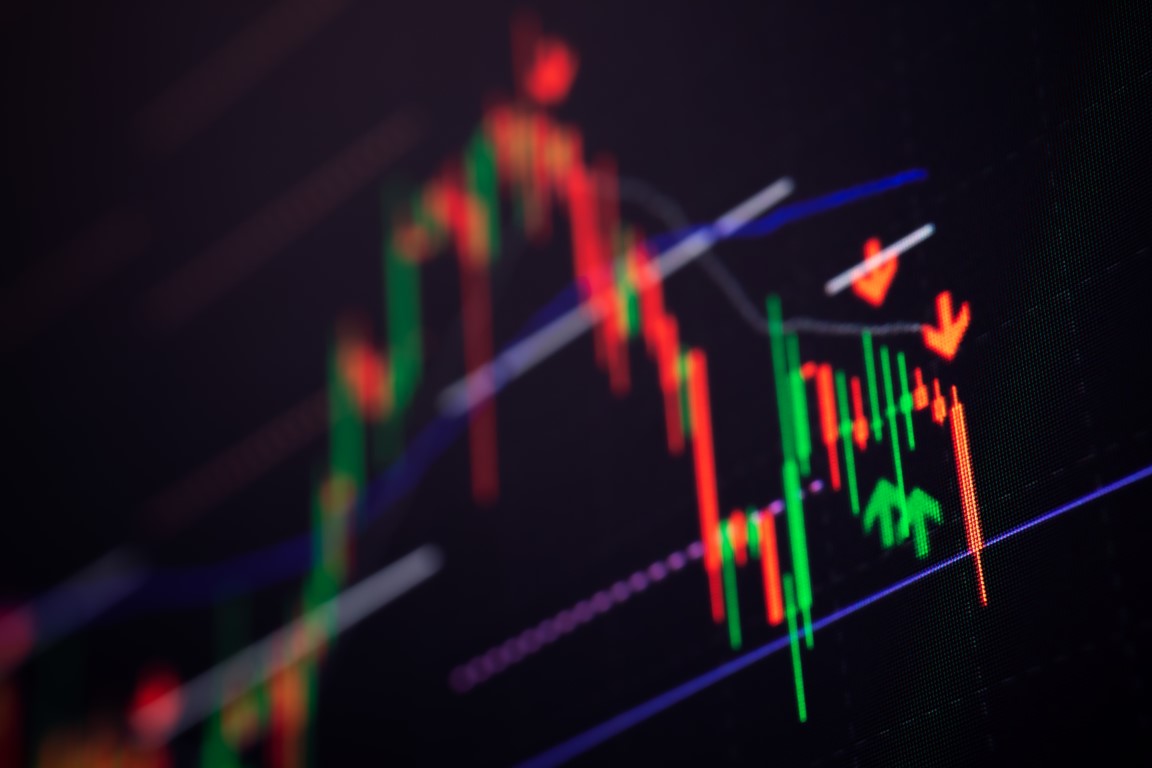“What is the best way to make money trading?” I get asked that more times than I can count. It is the perfect example of why people often fail when trying to make money trading. The answer is begging for a quick solution, the assumption being there is some trick that is held in deep confidence that if you know, everything simply appears before your eyes. Spoiler alert: That is not how it works.
There are a few things that make it easier to achieve success trading. But the impact of each “tip” or “trick” is often relevant to the time it takes to grasp the full meaning of the “secret”.
True craftsman don’t just pick up tools and build a masterpiece. They do, however, find ways to use the tools they have to make their work better or easier. Olympic athletes make their accomplishments look graceful and easier than they truly are, but that is the result of a life of practice and learning.
The best way to make money trading is to learn how to learn to trade.
Here are the top 3 things that will help you become a better trader.
(If you’d like to see other ways to learn more trading tips and strategies, click here.)
Understand Yourself
The biggest part of this is realizing what type of learner you are. Some are very methodical and gain huge benefit from extensive research and planning. Some are intuitive and do better by jumping in and experiencing things. When you know your ideal learning style, you can build your trading approach to give you the best chance of success. For instance, if you are an experiential learner (aka student of the school of hard knocks) you have to be prepared to make some mistakes. In the simplest example you can’t bet all of your capital on your first trade. You also have to examine wins and losses. A huge risk for a hands-on learner is to mistake luck for skill. If you hit it big on your first trade you may think it is always that easy.

If you are a more cerebral learner and benefit from extensive preparation, plan to give yourself the time you will need to set up your trades and set a deadline to execute. There is a fine line between planning and procrastination.
In either case, look for patterns. Not just in the charts but in your process. Did you research your trade in the morning or at night? Where did you get the ticker you used for the trade? How many wins or losses did you have prior to placing that trade? There is an endless list of factors that can help or hurt your ability to create a repeatable winning trading process.
Choose Your Teachers Well
When you understand your learning style it will help you choose better sources to learn from. Don’t just think of teachers as people, but any source of information. You may learn better from reading than from videos than from reading a book or web page, you may respond to the basic points of a trading concept or may need every detail on how and why it works. An awareness of your style will help you find teachers that will be most effective for you.
Don’t simply take someone’s word that a teacher or source of information is good or bad. Their style may be different than yours and what works for one may not be the best for another.
Understand Your Risk Tolerance
Trading is an emotional event. Ideally, we would be able to be completely objective and wipe any emotion out of the equation, but that just isn’t realistic. The best you can hope for is to be aware of your emotions and build a trading process that does the best it can to insulate your trades from being vulnerable to emotions.
If you know you need that thrill that a big risk may offer, be sure to use an appropriate position size. You can’t win big if you don’t bet big, but you also can’t lose big if you don’t bet big. Let the leverage be the risk rush and not the amount of your capital you have in the trade.
(To see other ways to reduce risk click here)
If you are more conservative, find ways to make sure you don’t protect yourself from profits. There has to be some risk involved so test adjusting that dial to find the trades that fit you and have the best chance of success. Often, this is a challenge for beginners as they are anxious about taking that first trade or worrying about what they don’t know. Adjust the size of the trade and use stops to help ease that anxiety. Stops aren’t perfect and you have to understand them but they are a great tool to keep in your arsenal.
Most important, of all the things you can do to be better at learning to trade is to always be learning. If you are new, be smart but don’t get discouraged. If you are a seasoned pro, don’t overlook the things your ego may be blinding you to.
It is always good to review the fundamentals of trading. They never change, but the things you understand and ways you discover to apply them is constantly changing.
Keep learning and trade wisely,
John Boyer
Editor
Market Wealth Daily
PS-If you are interested in more ideas on how to learn to trade, reply to this email and let me know. Please forward this to anyone you know who is interested in learning to trade.











Recent Comments